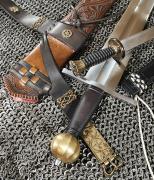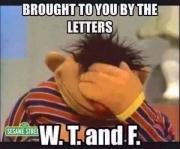I have been rifle reloading now for a number of years. I’m familiar to “jumping”, “jamming”, finding optimal distance off the lands...etc. I produce some pretty decent ammo which performs out to 1K+.
I just found out loading cast is a whole other animal.
I picked up a nice vintage Winchester 94, and decided I wanted to load cast for it. I slugged the barrel (.308) and ordered up two different bullets from my “go-to” guys at Montana Bullet Works. A Lyman 173gr with a gas check, and a 165gr with a plain base of similar design. Both were ordered sized .309. Both were shown recommended for the 30-30. I researched loads, settling on Varget for the 173gr and Unique for reduced loads with the 165. Loaded them up, and they looked puuuuuurdy. I obviously didnt load a dummy round, nor did I measure distance to the lands with either slug. My “theory” was that the bullet was designed for the caliber, it had a crimping grove, and was the same approximate length of a factory jacketed. I also had ZERO desire to “push it” loading a very moderate charge for both.
Well imagine my surprise when loading my third round (single load) I noticed it was rather stiff to close the lever. Ejecting the round, the bullet remained in the barrel giving the action a nice douse of Varget. Stopped right there. Popped the slug out with a cleaning rod and took a look. Sure enough...bullet was nice and engraved. Never saw that coming. Made sure the bore was clear, and pulled out a box of factory to sight in the new receiver sight. I figured it shouldnt be a total loss.
So...who here has experience with cast rifle loads? I’ve done a bit of “web research” and found this is not only common...but perhaps desired. Unlike jacketed bullets, jamming cast “may” not be a bad thing. Right now, I have about 40rds of awesome looking cast loads awaiting my edumication. See below.
Attachment 25822




 Reply With Quote
Reply With Quote



